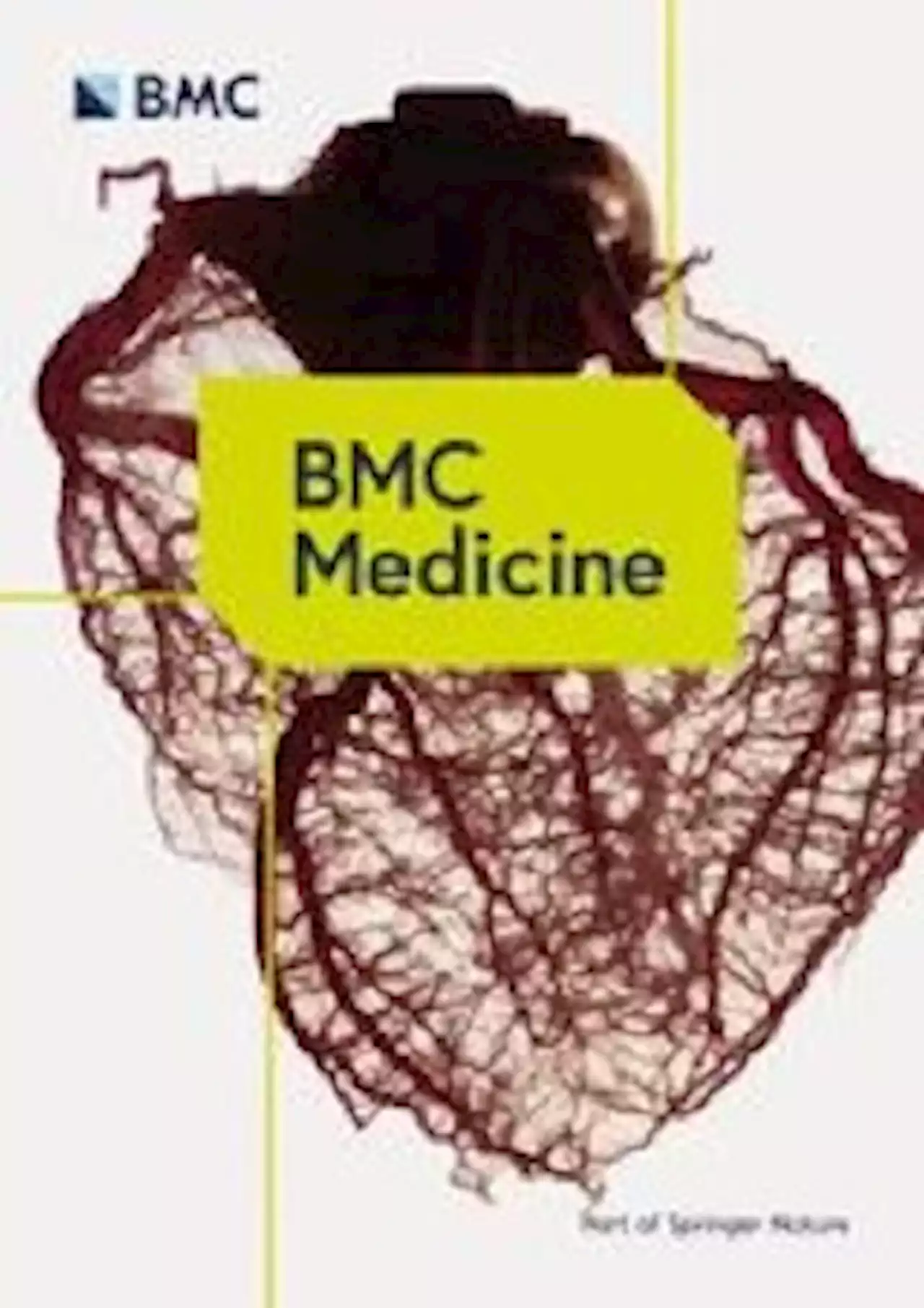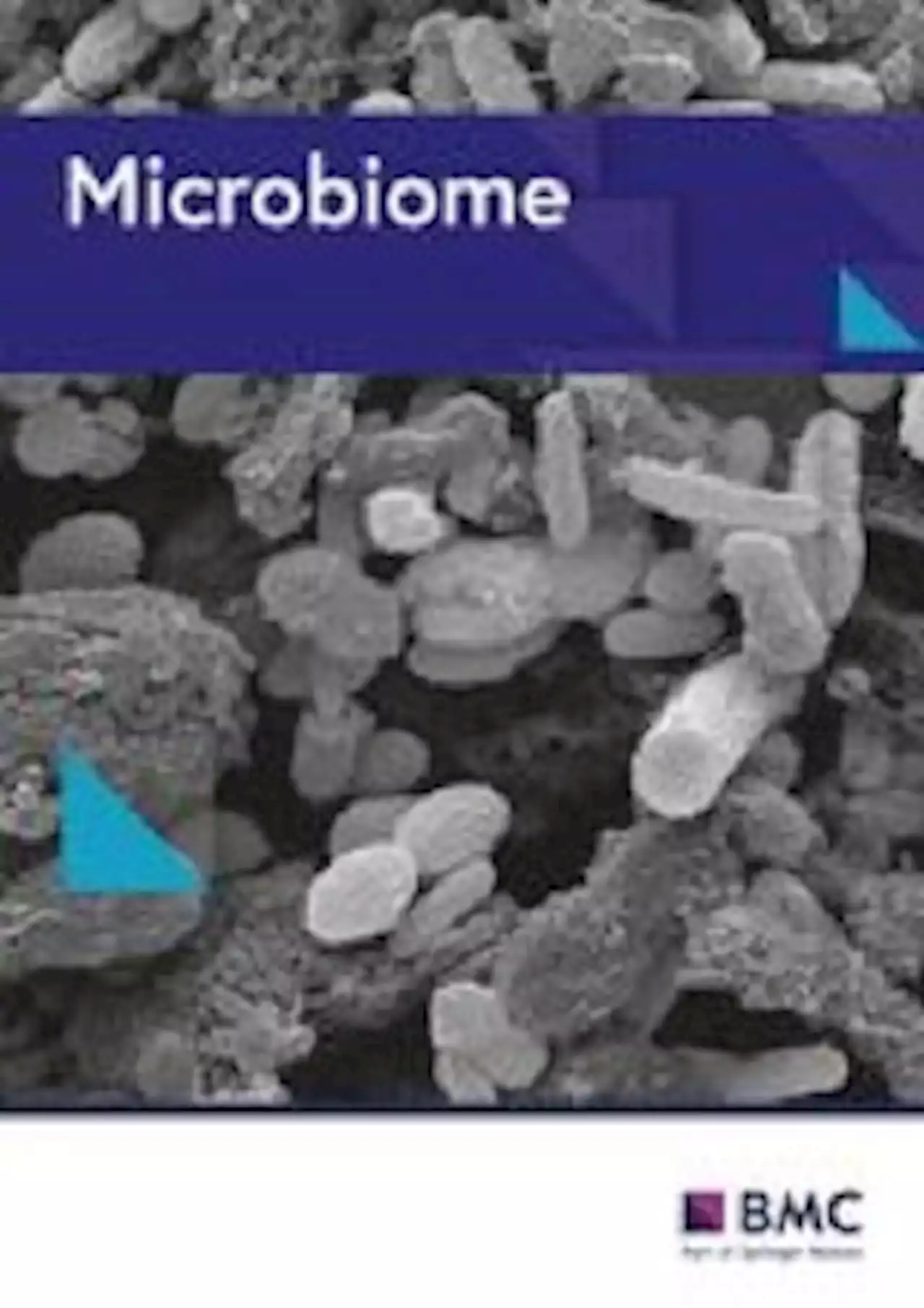A Study Protocol published in Trials aims to investigate the impact of intravenous dexamethasone on sleep quality and duration of patients undergoing robot-assisted radical prostatectomy.
) of surgery, and 30 min after awakening . The following parameters will be recorded: operative time, anesthesia time, intraoperative blood loss, intraoperative fluid volume, intraoperative dosage of sufentanil and remifentanil, type and dosage of intraoperative vasoactive drug, wake time , and VAS score for resting and coughing 30 min after awakening. All patients will be followed up by a designated person within 72 h after operation.
Data analysis will be conveyed to an independent Data Monitoring Committee with utmost confidentiality, wherein this committee will be tasked with evaluating the cumulative trial data and other pertinent research findings to ascertain the justifiability of recruiting additional participants. It is within their purview to offer suggestions in this regard.
Regulatory officials convene monthly meetings to review the conduct of the trial. In accordance with the specific risk assessment of the trial and the documentation in the monitoring plan, on-site monitoring will be conducted. Supervisors will be granted authorization to conduct trial-related monitoring, regulatory inspections, audits, and ethical reviews, while also being provided with direct access to source data/documents.
United Kingdom Latest News, United Kingdom Headlines
Similar News:You can also read news stories similar to this one that we have collected from other news sources.
 Strictly's Layton Williams shuts down dance background rumours'Lemme clear up this *fact* real quick.'
Strictly's Layton Williams shuts down dance background rumours'Lemme clear up this *fact* real quick.'
Read more »
 Overwatch 2's Illari is unique but divisive among playersOverwatch 2's latest addition to the hero roster is getting praise from fans for her unique background story but is divisive in-game.
Overwatch 2's Illari is unique but divisive among playersOverwatch 2's latest addition to the hero roster is getting praise from fans for her unique background story but is divisive in-game.
Read more »
 Common mental health disorders in adults with inflammatory skin conditions: nationwide population-based matched cohort studies in the UK - BMC MedicineBackground Psoriasis and atopic eczema are common inflammatory skin diseases. Existing research has identified increased risks of common mental disorders (anxiety, depression) in people with eczema and psoriasis; however, explanations for the associations remain unclear. We aimed to establish the risk factors for mental illness in those with eczema or psoriasis and identify the population groups most at risk. Methods We used routinely collected data from the UK Clinical Practice Research Datalink (CPRD) GOLD. Adults registered with a general practice in CPRD (1997–2019) were eligible for inclusion. Individuals with eczema/psoriasis were matched (age, sex, practice) to up to five adults without eczema/psoriasis. We used Cox regression to estimate hazard ratios (HRs) and 95% confidence intervals (CIs) for hazards of anxiety or depression in people with eczema/psoriasis compared to people without. We adjusted for known confounders (deprivation, asthma [eczema], psoriatic arthritis [psoriasis], Charlson comorbidity index, calendar period) and potential mediators (harmful alcohol use, body mass index [BMI], smoking status, and, in eczema only, sleep quality [insomnia diagnoses, specific sleep problem medications] and high-dose oral glucocorticoids). Results We identified two cohorts with and without eczema (1,032,782, matched to 4,990,125 without), and with and without psoriasis (366,884, matched to 1,834,330 without). Sleep quality was imbalanced in the eczema cohorts, twice as many people with eczema had evidence of poor sleep at baseline than those without eczema, including over 20% of those with severe eczema. After adjusting for potential confounders and mediators, eczema and psoriasis were associated with anxiety (adjusted HR [95% CI]: eczema 1.14 [1.13–1.16], psoriasis 1.17 [1.15–1.19]) and depression (adjusted HR [95% CI]: eczema 1.11 [1.1–1.12], psoriasis 1.21 [1.19–1.22]). However, we found evidence that these increased hazards are unlikely to be constant over
Common mental health disorders in adults with inflammatory skin conditions: nationwide population-based matched cohort studies in the UK - BMC MedicineBackground Psoriasis and atopic eczema are common inflammatory skin diseases. Existing research has identified increased risks of common mental disorders (anxiety, depression) in people with eczema and psoriasis; however, explanations for the associations remain unclear. We aimed to establish the risk factors for mental illness in those with eczema or psoriasis and identify the population groups most at risk. Methods We used routinely collected data from the UK Clinical Practice Research Datalink (CPRD) GOLD. Adults registered with a general practice in CPRD (1997–2019) were eligible for inclusion. Individuals with eczema/psoriasis were matched (age, sex, practice) to up to five adults without eczema/psoriasis. We used Cox regression to estimate hazard ratios (HRs) and 95% confidence intervals (CIs) for hazards of anxiety or depression in people with eczema/psoriasis compared to people without. We adjusted for known confounders (deprivation, asthma [eczema], psoriatic arthritis [psoriasis], Charlson comorbidity index, calendar period) and potential mediators (harmful alcohol use, body mass index [BMI], smoking status, and, in eczema only, sleep quality [insomnia diagnoses, specific sleep problem medications] and high-dose oral glucocorticoids). Results We identified two cohorts with and without eczema (1,032,782, matched to 4,990,125 without), and with and without psoriasis (366,884, matched to 1,834,330 without). Sleep quality was imbalanced in the eczema cohorts, twice as many people with eczema had evidence of poor sleep at baseline than those without eczema, including over 20% of those with severe eczema. After adjusting for potential confounders and mediators, eczema and psoriasis were associated with anxiety (adjusted HR [95% CI]: eczema 1.14 [1.13–1.16], psoriasis 1.17 [1.15–1.19]) and depression (adjusted HR [95% CI]: eczema 1.11 [1.1–1.12], psoriasis 1.21 [1.19–1.22]). However, we found evidence that these increased hazards are unlikely to be constant over
Read more »
 Decreased TMIGD1 aggravates colitis and intestinal barrier dysfunction via the BANF1-NF-κB pathway in Crohn’s disease - BMC MedicineBackground Disrupted intestinal epithelial barrier is one of the major causes of Crohn’s disease (CD). Novel molecular targets for intestinal epithelial barrier are essential to treatment of CD. Transmembrane and immunoglobulin domain-containing protein 1 (TMIGD1) is an adhesion molecule that regulates cell adhesion, migration, and enterocyte differentiation. However, the function and mechanism of TMIGD1 in CD and intestinal epithelial barrier has rarely been studied. Furthermore, the association between TMIGD1 and the clinical features of CD remains unclear. Methods Transcriptome analysis on colonic mucosa from CD patients and healthy individuals were performed to identify dysregulated genes. Multi-omics integration of the 1000IBD cohort including genomics, transcriptomics of intestinal biopsies, and serum proteomics identified the association between genes and characteristics of CD. Inflammation was assessed by cytokine production in cell lines, organoids and intestinal-specific Tmigd1 knockout (Tmigd1INT-KO) mice. Epithelial barrier integrity was evaluated by trans-epithelium electrical resistance (TEER), paracellular permeability, and apical junction complex (AJC) expression. Co-immunoprecipitation, GST pull-down assays, mass spectrometry, proteomics, and transcriptome analysis were used to explore downstream mechanisms. Results Multi-omics integration suggested that TMIGD1 was negatively associated with inflammatory characteristics of CD. TMIGD1 was downregulated in inflamed intestinal mucosa of patients with CD and mice colitis models. Tmigd1INT-KO mice were more susceptible to chemically induced colitis. In epithelial cell lines and colonic organoids, TMIGD1 knockdown caused impaired intestinal barrier integrity evidenced by increased paracellular permeability and reduced TEER and AJC expression. TMIGD1 knockdown in intestinal epithelial cells also induced pro-inflammatory cytokine production. Mechanistically, TMIGD1 directly interacted with cytoplasmic BAF n
Decreased TMIGD1 aggravates colitis and intestinal barrier dysfunction via the BANF1-NF-κB pathway in Crohn’s disease - BMC MedicineBackground Disrupted intestinal epithelial barrier is one of the major causes of Crohn’s disease (CD). Novel molecular targets for intestinal epithelial barrier are essential to treatment of CD. Transmembrane and immunoglobulin domain-containing protein 1 (TMIGD1) is an adhesion molecule that regulates cell adhesion, migration, and enterocyte differentiation. However, the function and mechanism of TMIGD1 in CD and intestinal epithelial barrier has rarely been studied. Furthermore, the association between TMIGD1 and the clinical features of CD remains unclear. Methods Transcriptome analysis on colonic mucosa from CD patients and healthy individuals were performed to identify dysregulated genes. Multi-omics integration of the 1000IBD cohort including genomics, transcriptomics of intestinal biopsies, and serum proteomics identified the association between genes and characteristics of CD. Inflammation was assessed by cytokine production in cell lines, organoids and intestinal-specific Tmigd1 knockout (Tmigd1INT-KO) mice. Epithelial barrier integrity was evaluated by trans-epithelium electrical resistance (TEER), paracellular permeability, and apical junction complex (AJC) expression. Co-immunoprecipitation, GST pull-down assays, mass spectrometry, proteomics, and transcriptome analysis were used to explore downstream mechanisms. Results Multi-omics integration suggested that TMIGD1 was negatively associated with inflammatory characteristics of CD. TMIGD1 was downregulated in inflamed intestinal mucosa of patients with CD and mice colitis models. Tmigd1INT-KO mice were more susceptible to chemically induced colitis. In epithelial cell lines and colonic organoids, TMIGD1 knockdown caused impaired intestinal barrier integrity evidenced by increased paracellular permeability and reduced TEER and AJC expression. TMIGD1 knockdown in intestinal epithelial cells also induced pro-inflammatory cytokine production. Mechanistically, TMIGD1 directly interacted with cytoplasmic BAF n
Read more »
 metaSpectraST: an unsupervised and database-independent analysis workflow for metaproteomic MS/MS data using spectrum clustering - MicrobiomeBackground The high diversity and complexity of the microbial community make it a formidable challenge to identify and quantify the large number of proteins expressed in the community. Conventional metaproteomics approaches largely rely on accurate identification of the MS/MS spectra to their corresponding short peptides in the digested samples, followed by protein inference and subsequent taxonomic and functional analysis of the detected proteins. These approaches are dependent on the availability of protein sequence databases derived either from sample-specific metagenomic data or from public repositories. Due to the incompleteness and imperfections of these protein sequence databases, and the preponderance of homologous proteins expressed by different bacterial species in the community, this computational process of peptide identification and protein inference is challenging and error-prone, which hinders the comparison of metaproteomes across multiple samples. Results We developed metaSpectraST, an unsupervised and database-independent metaproteomics workflow, which quantitatively profiles and compares metaproteomics samples by clustering experimentally observed MS/MS spectra based on their spectral similarity. We applied metaSpectraST to fecal samples collected from littermates of two different mother mice right after weaning. Quantitative proteome profiles of the microbial communities of different mice were obtained without any peptide-spectrum identification and used to evaluate the overall similarity between samples and highlight any differentiating markers. Compared to the conventional database-dependent metaproteomics analysis, metaSpectraST is more successful in classifying the samples and detecting the subtle microbiome changes of mouse gut microbiomes post-weaning. metaSpectraST could also be used as a tool to select the suitable biological replicates from samples with wide inter-individual variation. Conclusions metaSpectraST enables rapid profiling of
metaSpectraST: an unsupervised and database-independent analysis workflow for metaproteomic MS/MS data using spectrum clustering - MicrobiomeBackground The high diversity and complexity of the microbial community make it a formidable challenge to identify and quantify the large number of proteins expressed in the community. Conventional metaproteomics approaches largely rely on accurate identification of the MS/MS spectra to their corresponding short peptides in the digested samples, followed by protein inference and subsequent taxonomic and functional analysis of the detected proteins. These approaches are dependent on the availability of protein sequence databases derived either from sample-specific metagenomic data or from public repositories. Due to the incompleteness and imperfections of these protein sequence databases, and the preponderance of homologous proteins expressed by different bacterial species in the community, this computational process of peptide identification and protein inference is challenging and error-prone, which hinders the comparison of metaproteomes across multiple samples. Results We developed metaSpectraST, an unsupervised and database-independent metaproteomics workflow, which quantitatively profiles and compares metaproteomics samples by clustering experimentally observed MS/MS spectra based on their spectral similarity. We applied metaSpectraST to fecal samples collected from littermates of two different mother mice right after weaning. Quantitative proteome profiles of the microbial communities of different mice were obtained without any peptide-spectrum identification and used to evaluate the overall similarity between samples and highlight any differentiating markers. Compared to the conventional database-dependent metaproteomics analysis, metaSpectraST is more successful in classifying the samples and detecting the subtle microbiome changes of mouse gut microbiomes post-weaning. metaSpectraST could also be used as a tool to select the suitable biological replicates from samples with wide inter-individual variation. Conclusions metaSpectraST enables rapid profiling of
Read more »
 Emily Atack 'cries herself to sleep' after split from Big Brother starActress Emily Atack has been linked to several celebrity men including Harry Styles and Jack Grealish and now she's opened up about her 'loneliness' being single
Emily Atack 'cries herself to sleep' after split from Big Brother starActress Emily Atack has been linked to several celebrity men including Harry Styles and Jack Grealish and now she's opened up about her 'loneliness' being single
Read more »
